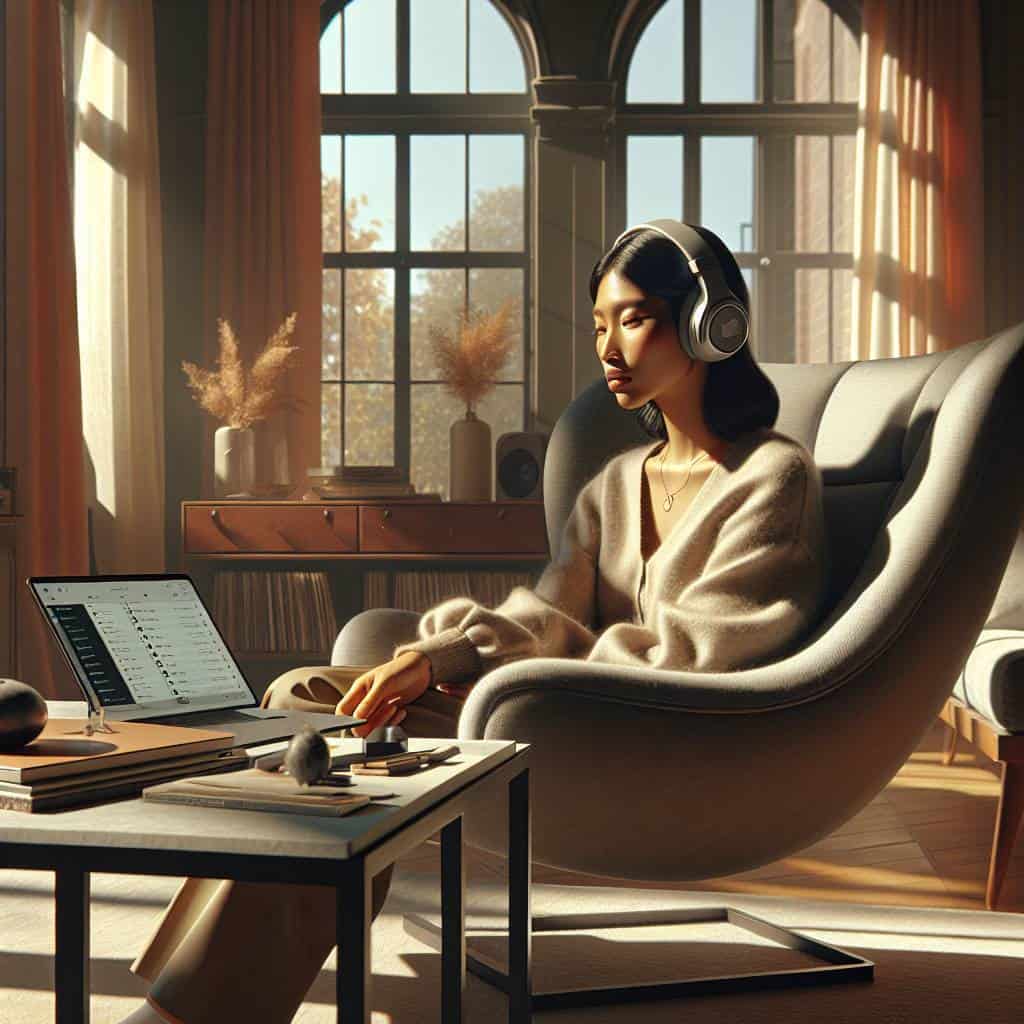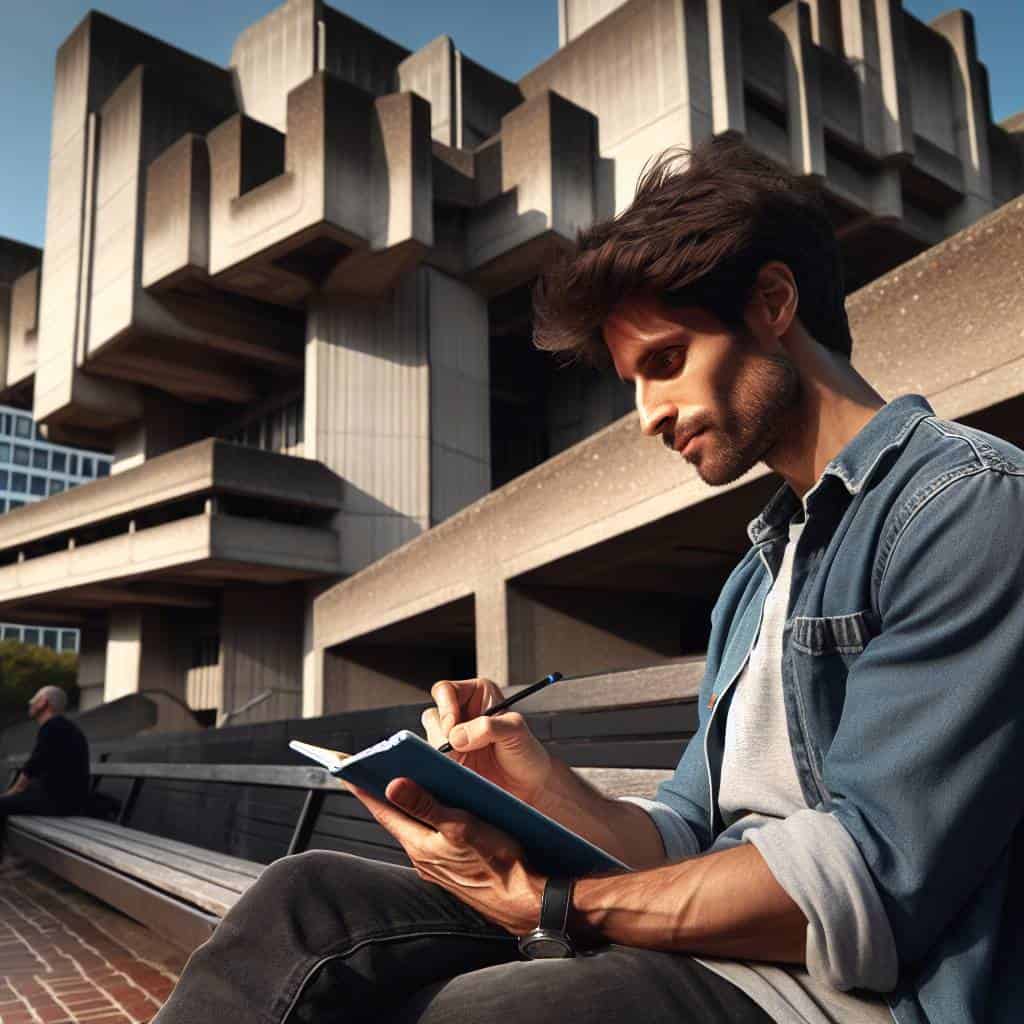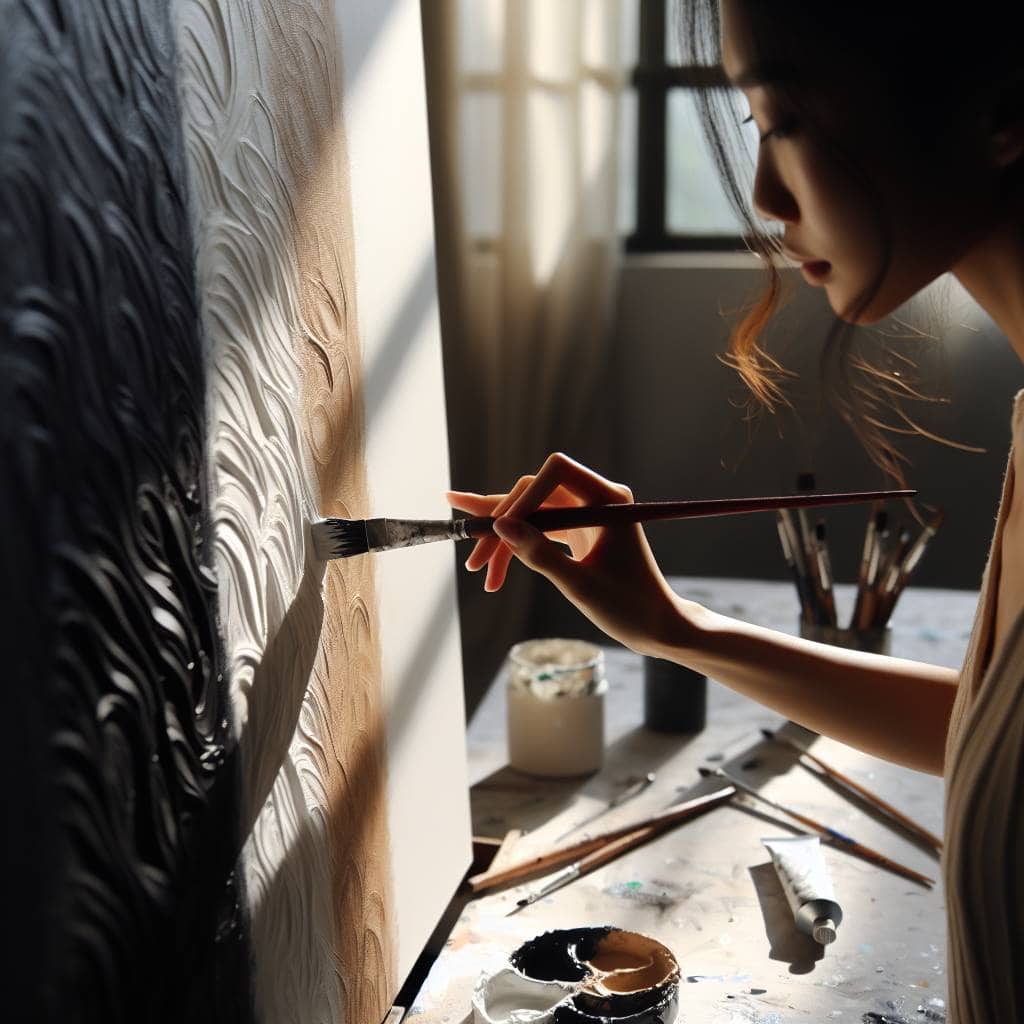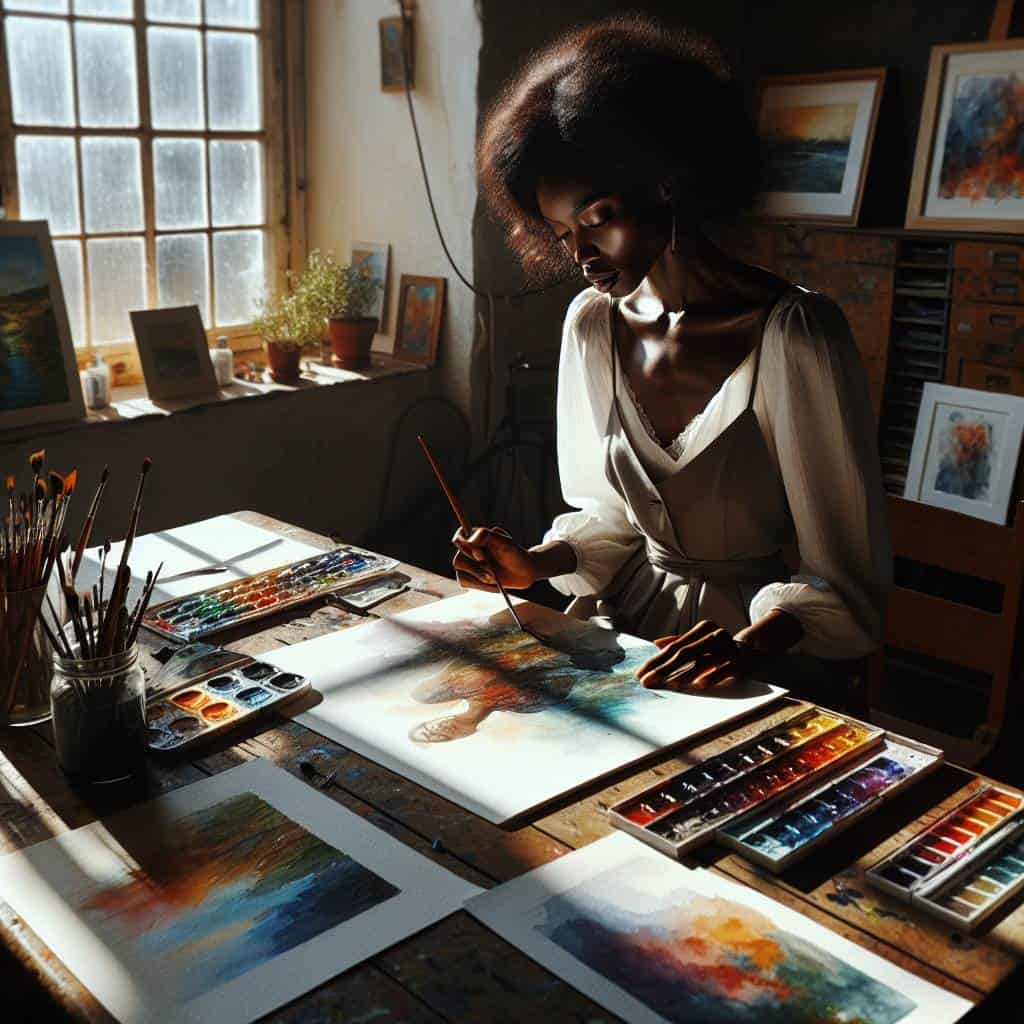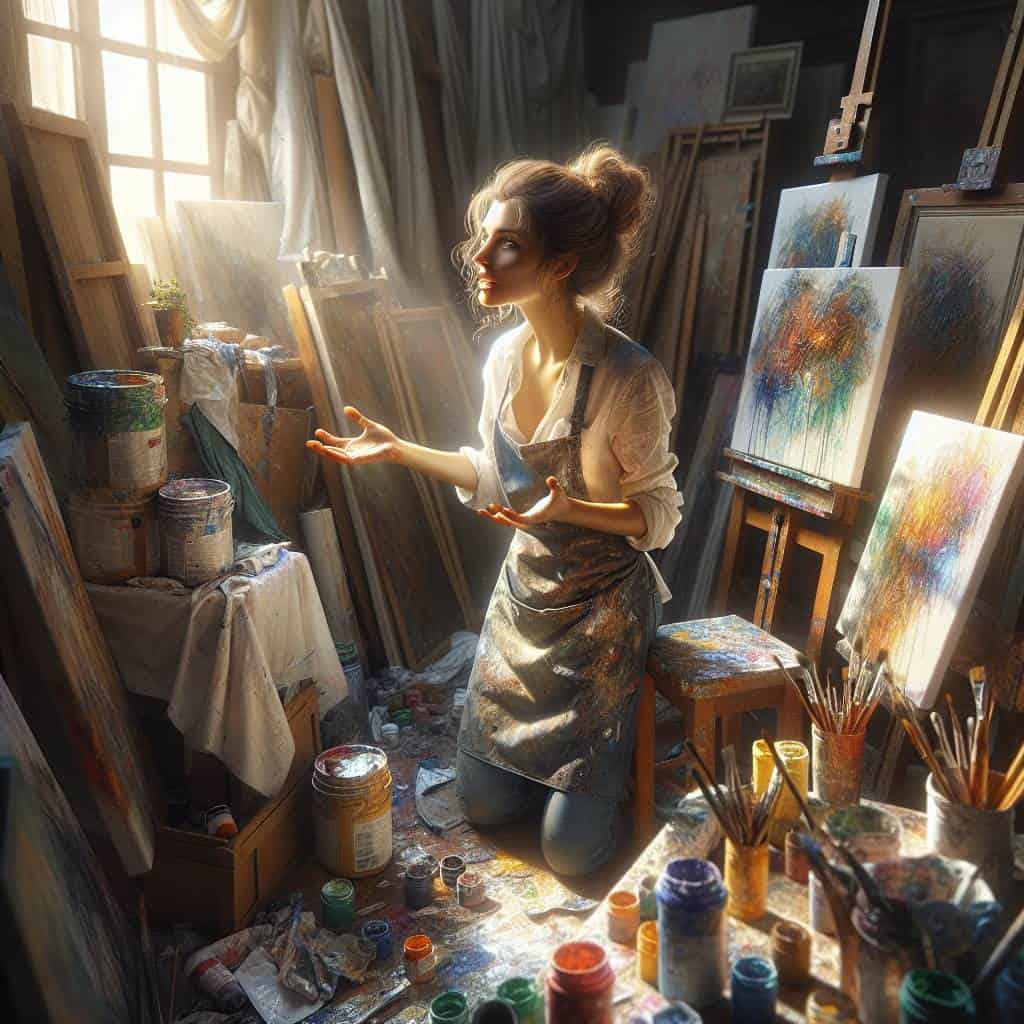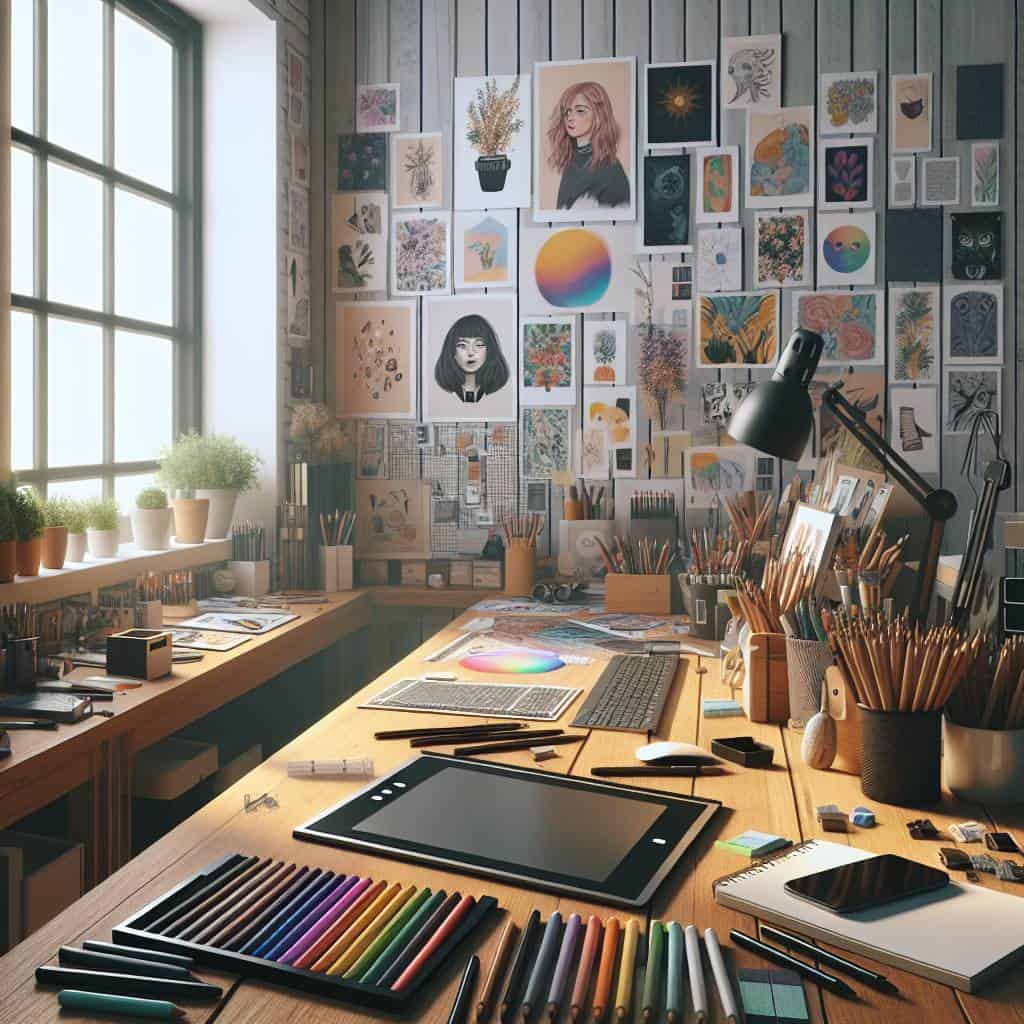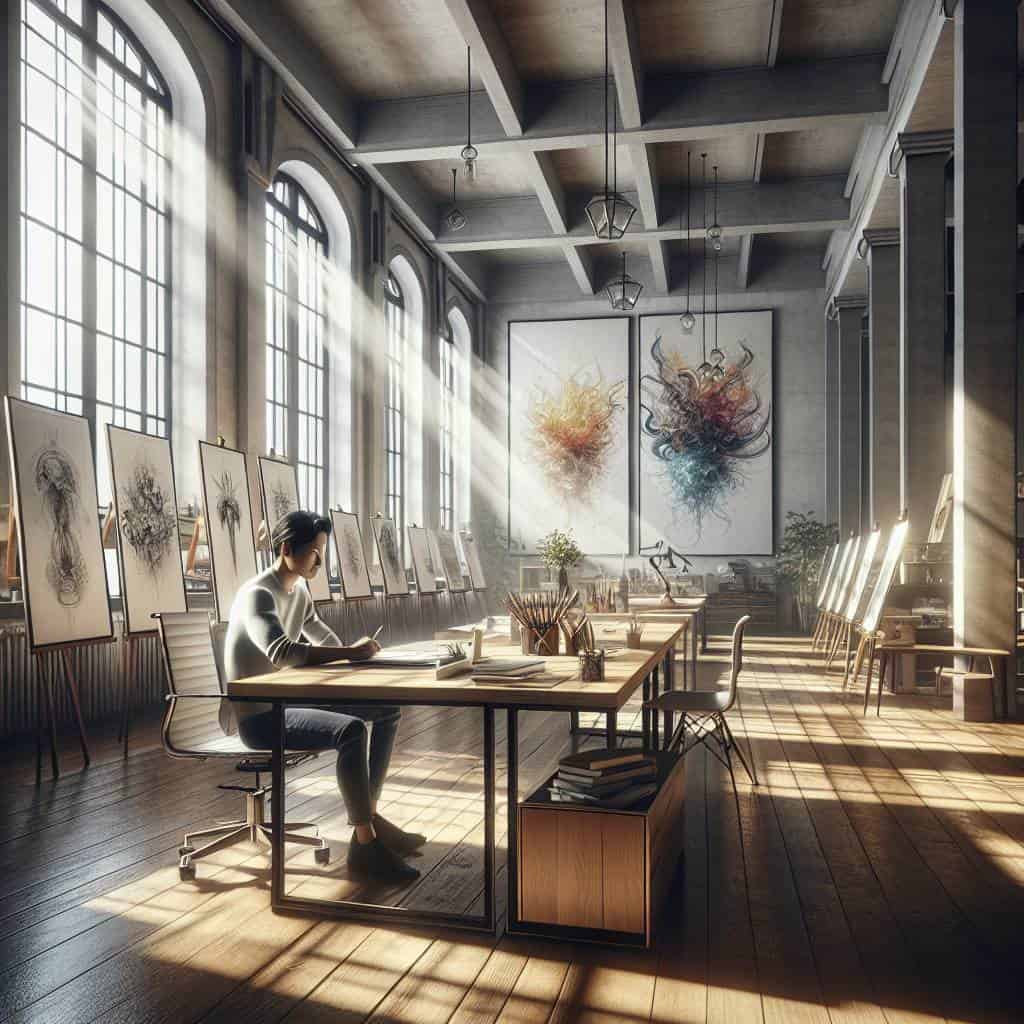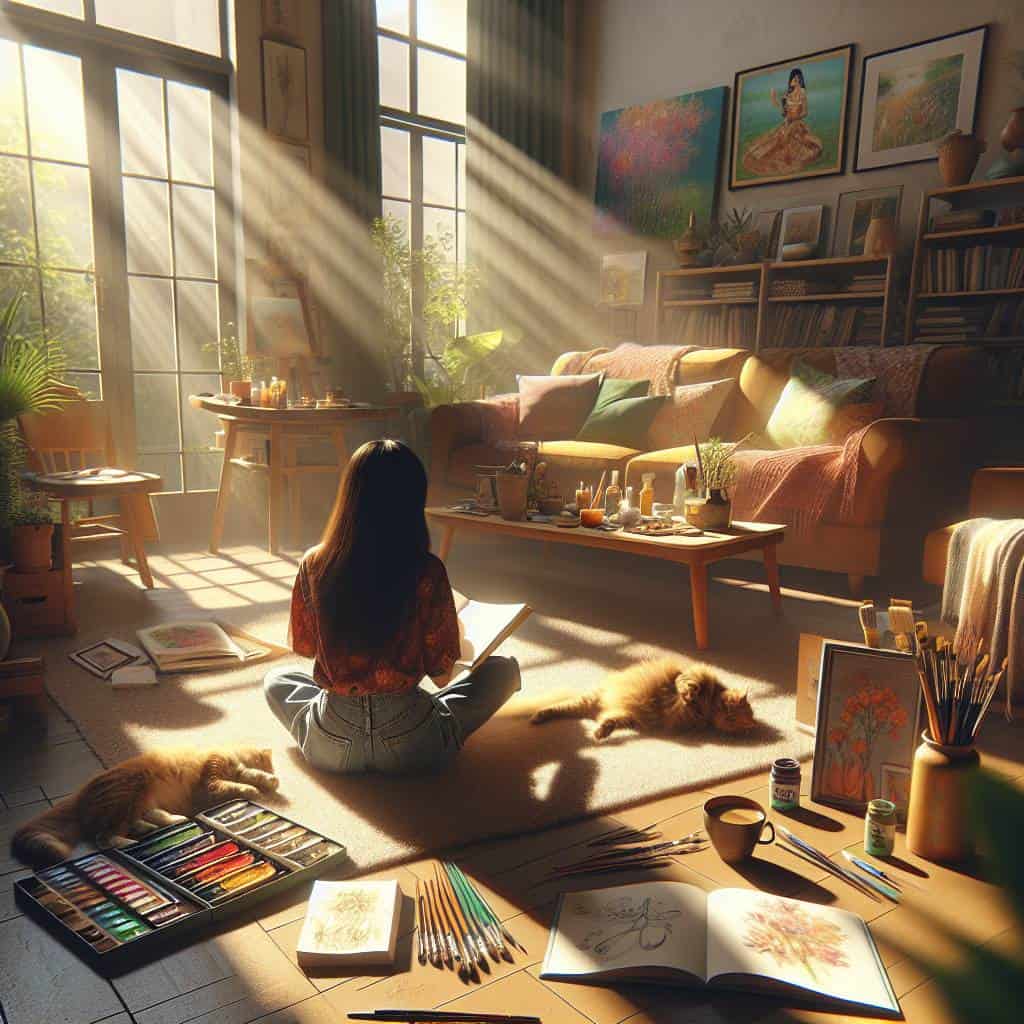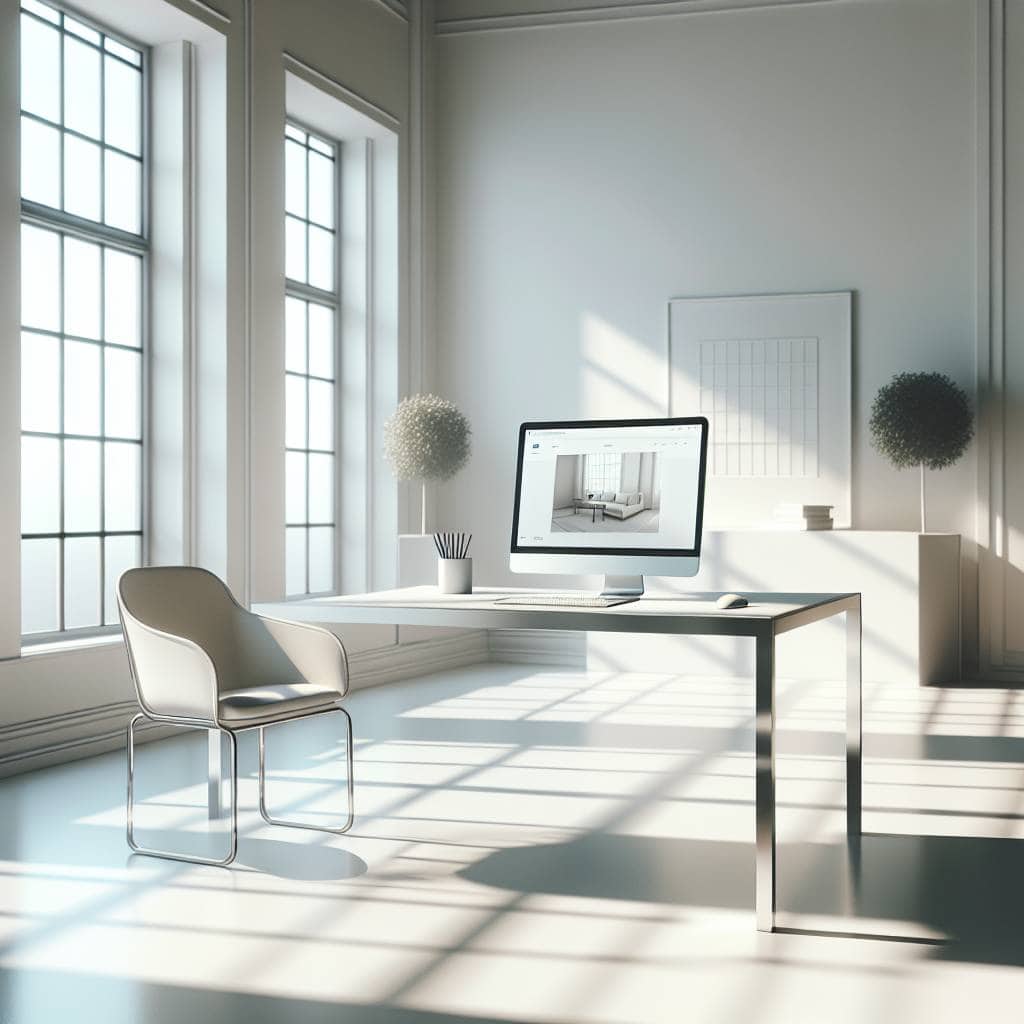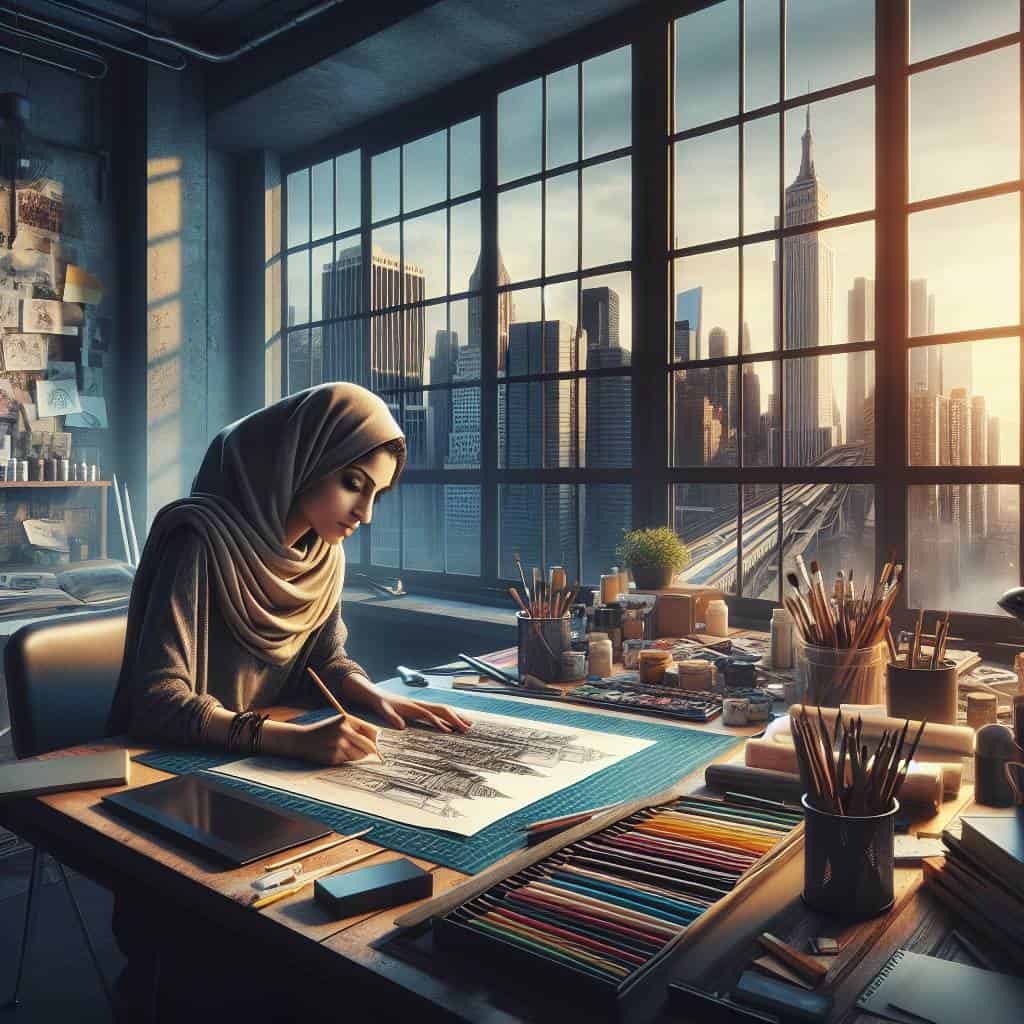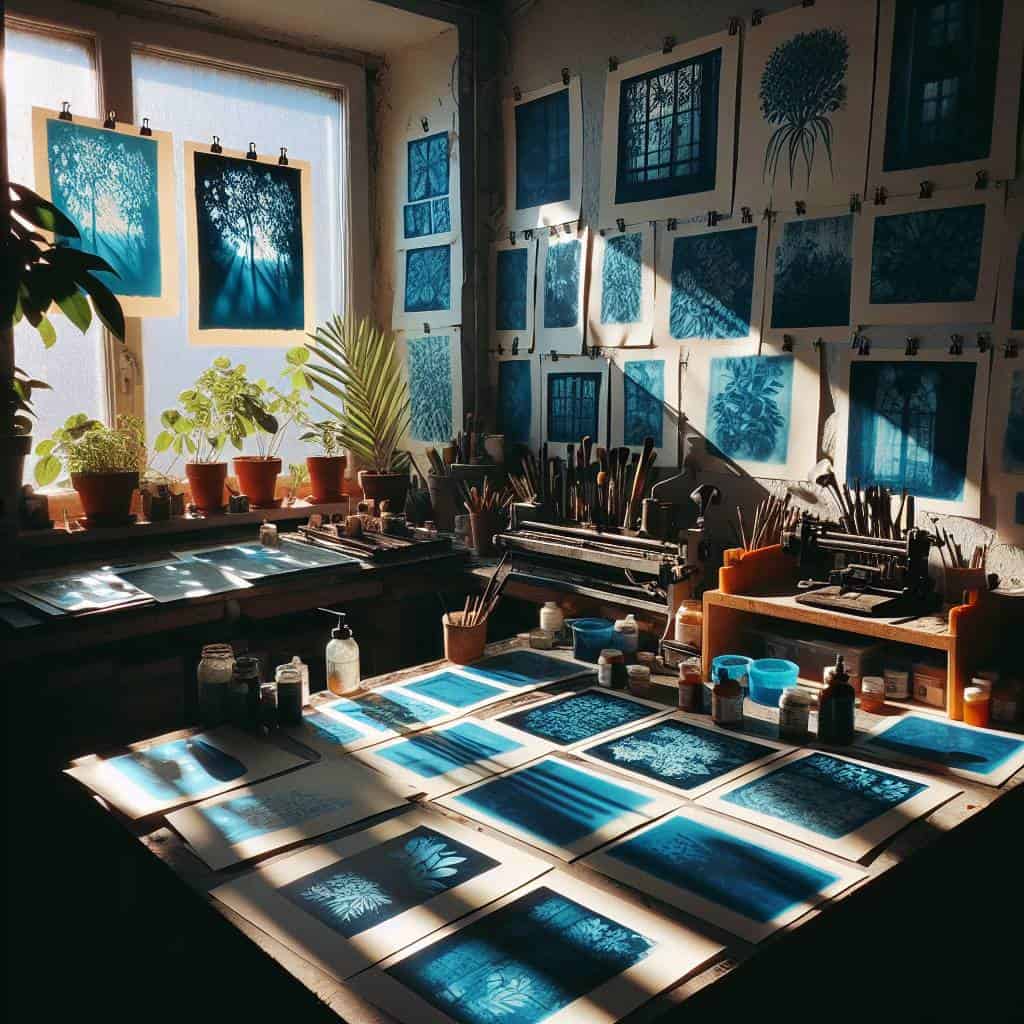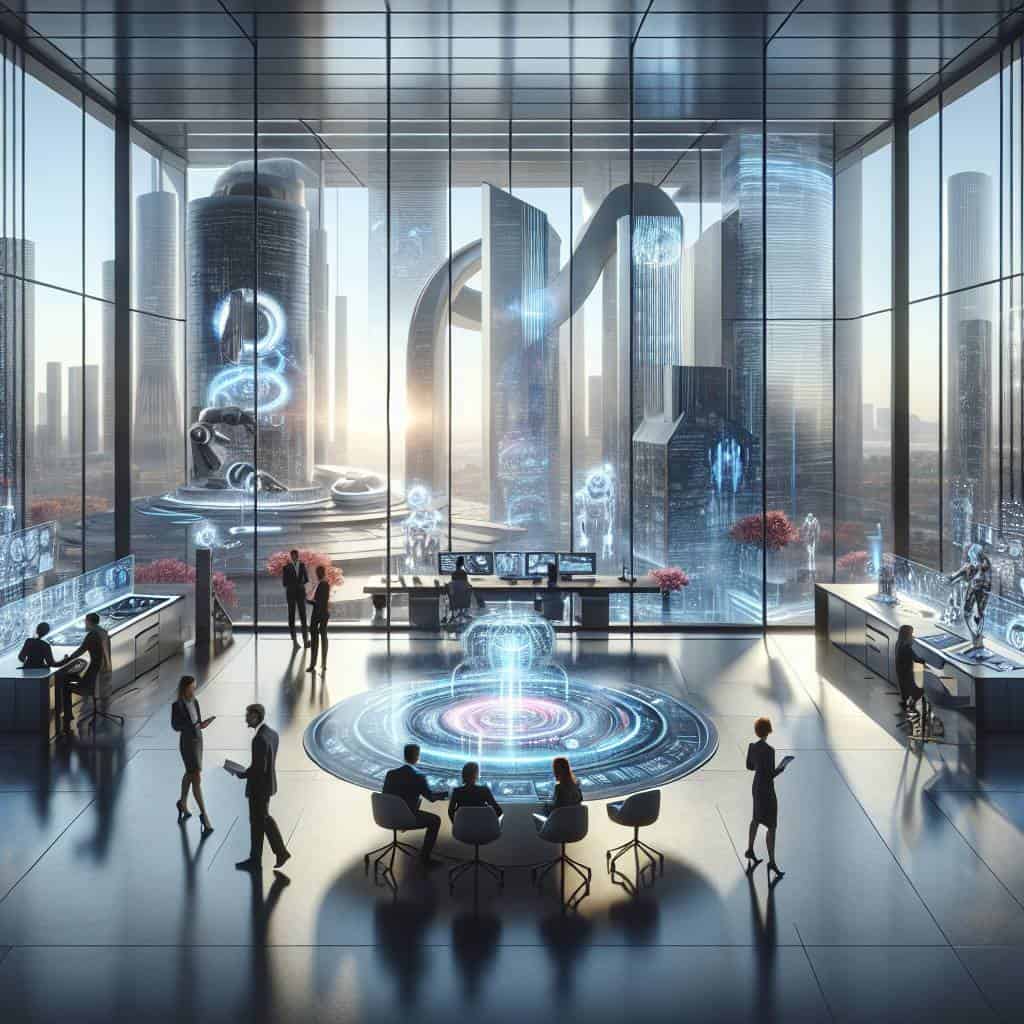I once spent an entire day agonizing over a font choice for a project, convinced that my career hung in the balance. There I was, surrounded by a sea of typefaces, each more pretentious than the last, wondering if my client would notice—or care—that I’d swapped Helvetica for something avant-garde. But here’s the kicker: the client didn’t even notice. Instead, they complimented the color scheme I’d thrown together in a caffeine-fueled haze at 2 a.m. It’s a cruel joke, really. Typography, the unsung hero of design, often goes unappreciated until it’s wrong. And yet, when you get it right, it’s the silent force that can make or break everything.
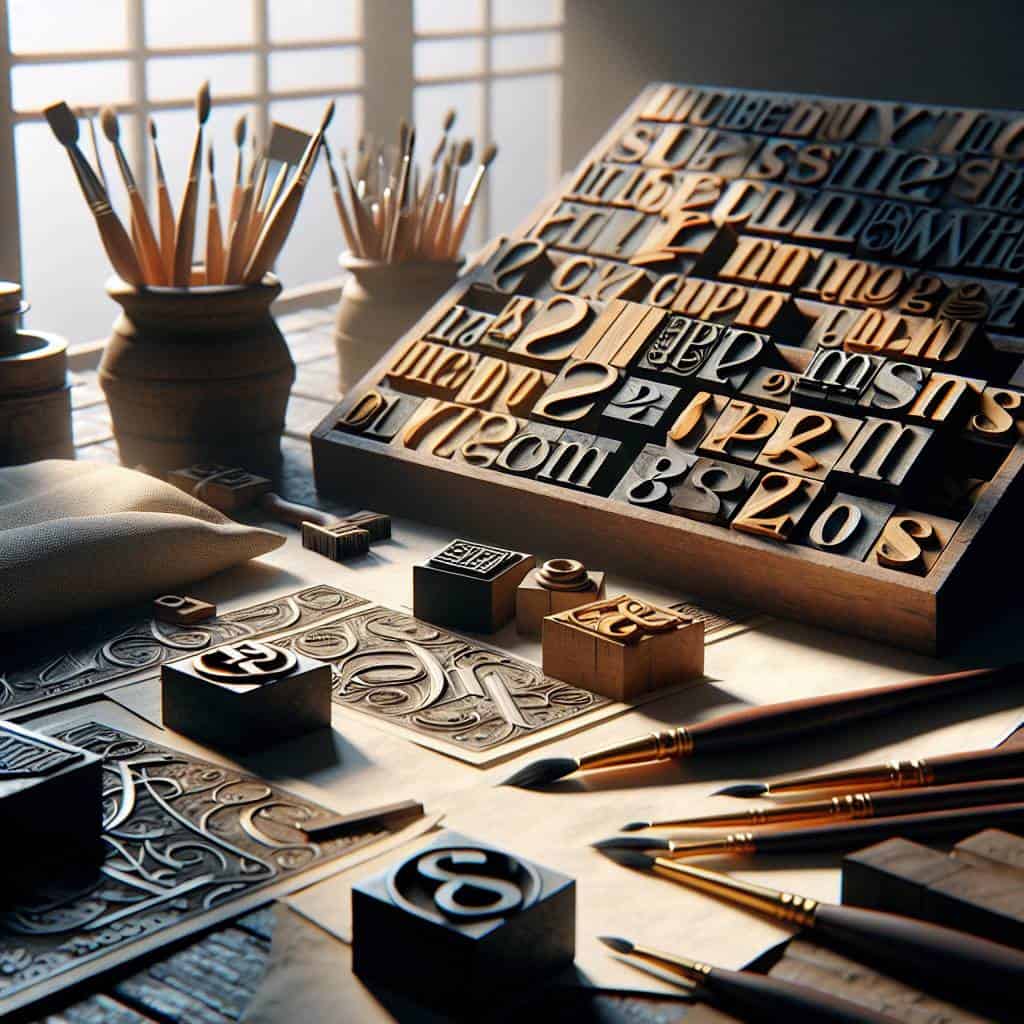
So, let’s dive into this world of inspiring typography examples. I promise it won’t be the same old listicle of “cool fonts” you’ve seen a thousand times. We’re talking about the kind of font pairings that make you stop and question your life choices—because that’s where the magic happens. I’ll show you the delicate dance between creative lettering and graphic design that elevates the mundane into the extraordinary. Get ready to see typography in a whole new light, where every curve and angle has a story to tell.
Table of Contents
How A Misfit Font Taught Me The Art Of Creative Pairings
There it was, a font so out of place it might as well have been wearing a neon sign screaming, “I don’t belong here!” It was quirky, erratic, and had no business being in a professional presentation. But something about it caught my eye. The font was Papyrus, the bane of designers everywhere, yet there I was, fascinated. It was a misfit, sure, but aren’t we all in some way? So, I decided to see what would happen if I paired it with something as classic and respected as Garamond. The result was unexpected—a harmonious clash that somehow worked. It was like mixing a raucous jazz riff with a classical symphony; they shouldn’t go together, but when they do, they create something mesmerizing.
This experiment with Papyrus was more than just a test of aesthetics. It was a lesson in the art of creative pairings, a testament to the idea that sometimes the most mismatched elements can create a powerful visual dialogue. The trick was to let each font do what it does best—letting Papyrus add flair and unpredictability, while Garamond provided the stability and elegance. It was a dance of contrasts, a reminder that in graphic design, as in life, the unexpected pairings often lead to the most compelling stories. This misfit font taught me to look beyond the obvious, to take risks, and to embrace the chaos that comes with creativity. Because really, what’s the point of design if it doesn’t make you stop and think, even if that thought is, “Why on earth does this work?
When Fonts Speak Louder Than Words
Typography is the silent art that screams personality; it’s where words dress up in their Sunday best and demand to be noticed.
Letting Typography Tell Its Own Story
After countless hours of squinting at screens, adjusting kerning, and questioning my career choices, I’ve come to a realization. Typography isn’t just about letters; it’s about the space between them. It’s the silent storyteller that whispers its own narrative beneath the surface of every design. And sometimes, it screams. Each font, each pairing, is a relationship—a delicate dance between form and function. It’s in these nuances that I find my obsession running wild.
And here’s the thing: typography doesn’t just support the message; it is the message. It’s the quiet ally that can make or break a design, and it’s where I find my creative pulse. In the end, every choice I make—whether it’s the curve of a serif or the boldness of a sans—echoes my belief that the smallest details matter. So, here’s to the fonts that challenge us, the pairings that excite us, and the designs that keep us coming back for more. This journey isn’t over—it’s just beginning. Because in the world of graphic design, every letter has a story to tell, and I’m here to listen.
